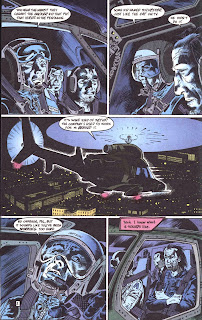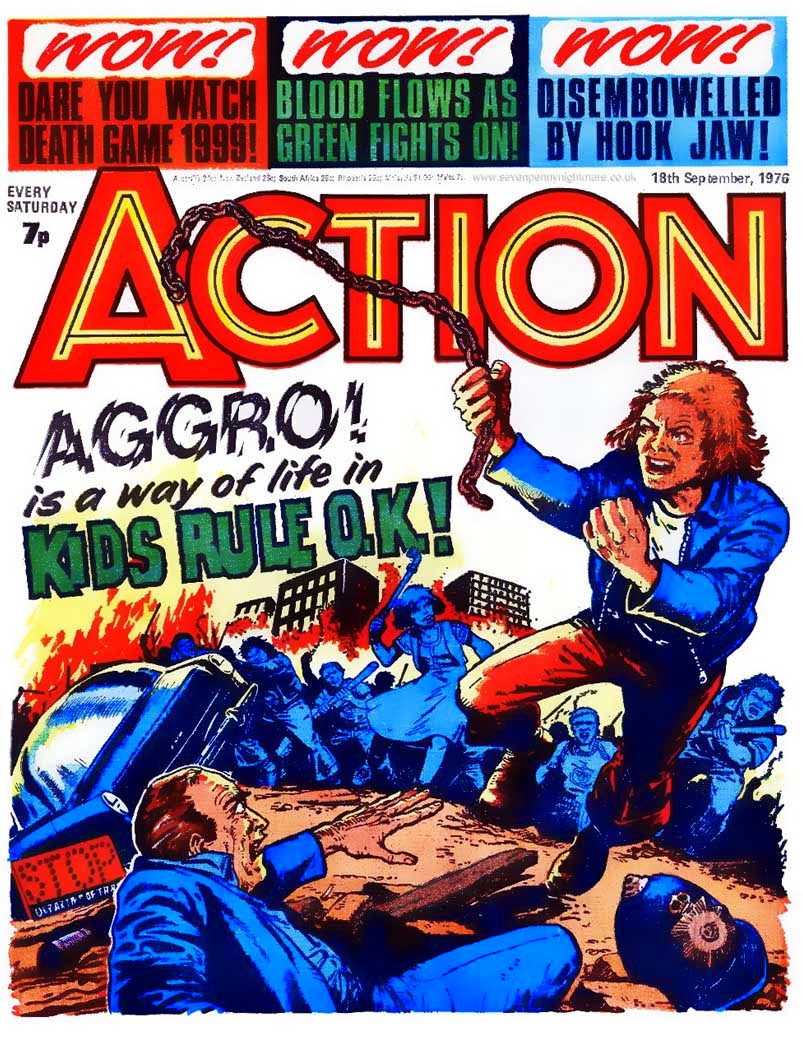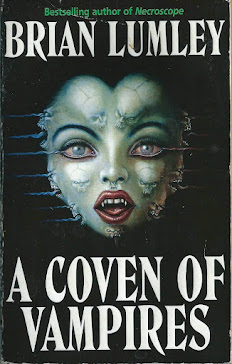Star Slammers
by Walter Simonson
Marvel graphic Novel No. 6, 1983
Walter Simonson began working on his own sci-fi comic as a college student in the early 70s, producing a self-assembled, black-and-white version of 'Star Slammers' in 1974. Nine years later, Simonson arranged with Marvel to publish a color version of the book, as Marvel Graphic Novel No. 6.
Succeeding issues of the series appeared in the mid-to-late 1990s under Malibu Comics and Dark Horse.
In 2014, indie publisher IDW released all of the Star Slammers comics as 'remastered' issues, and in 2015, plans to publish a trade paperback compiling all of this material.
So.....how is the inaugural graphic novel, looking on it more than 30 years after it first appeared ?
As the novel opens, three Star Slammers - Jalaia, Ethon, and Sphere - are finishing up an assignment on warring planet; it transpires that the Slammers are the toughest, most effective mercenaries in the galaxy.
The inhabitants of the planet Orion see themselves as 'hunters', destined to hunt other humans for sport, part of a grand design by Providence to remove the more savage and violent races from known space.
Senator Krellik of Orion is an ardent Hunter, and a psychopath, to boot. A long-ago hunting expedition on Homeworld, the remote home planet of the Slammers, has left him with a desire for vengeance - a fixation calling for the deaths of not just a few Slammers, but their entire race.
As Ethon, Jalaia, and Sphere travel back to Homeworld, they discover that they have been betrayed.....and that Homeworld is the target of a massive attack by the Orion fleet. The only hope for the Slammers is to learn how to leverage their innate telepathic abilities to form the 'Silvermind', a type of instantaneous gestalt consciousness among all the Slammers.
Can Ethon, Jalaia, and Sphere make it back to Homeworld to warn its inhabitants of the approaching Orion fleet ? And even if they can, will the Slammers be able to summon the Silvermind in time to unite their forces against overwhelming odds ?
Reading 'Star Slammers' brought a mixed reaction. Simonson's artwork for the book certainly has the distinctive style that he brought to his work on franchise properties for DC and Marvel. Many of the pages of 'Slammers' reflect his ability to simultaneously render myriad action sequences within a network of large and small panels, giving these action sequences a unique sort of visual energy.
Where 'Slammers' is a bit less impressive is in its writing. Although the Marvel Graphic Novel format was a maximum of only 64 pages, Simonson tries to fit too many sub-plots and flashback sequences into his storyline, and, when combined with the lack of any sort of external narration, it gives the overall narrative an awkward, disjointed quality. I found I had to read 'Slammers' twice in order to fully understand what, exactly, was going on.
Summing up, if you're a die-hard Simonson fan, then getting a copy of this graphic novel - copies of which are reasonably priced - is worthwhile. However, fans of sf comics in general are probably not going to find 'Star Slammers' to be a must-have.












































































.jpg)
















